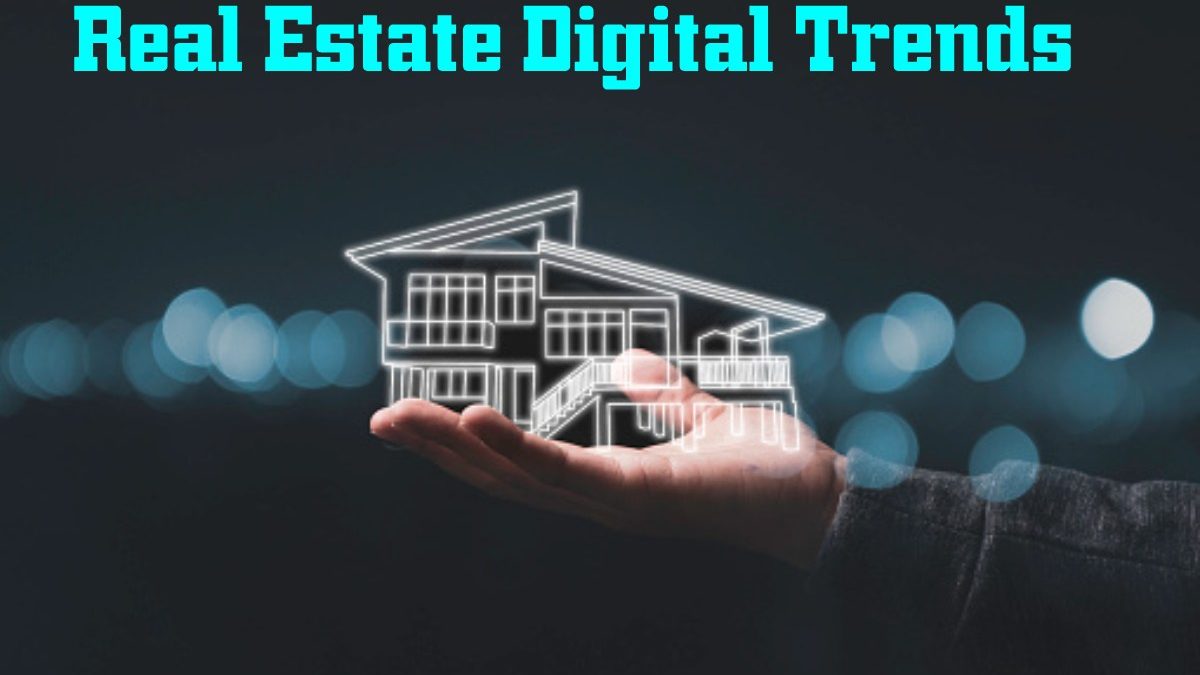At Sidewalk Labs, we are committed to radically improving life in cities for all, and commercial buildings are a big part of that. We’re designing a product that not only solves key pain points of our commercial real estate (CRE) customers but also removesTech Target Media the guesswork from managing buildings. We’ve achieved this by keeping a close eye on the ever-changing user behaviour and by being open to innovation, both from within and outside the CRE industry. Prior to Sidewalk Labs, I spent my career developing many user-centric SaaS (Software as a Service) products, globally. It is clear there are parallel trends in enterprise software adoption and digital transformation in commercial real estate.
Table of Contents
Expectations are blurring between home and office

In the last few years, we’ve got expectations from consumer technology spill into work, and users have become advocates for tools in the workplace. With the proliferation of the SaaS “freemium” model and extremely low switching costs, consumers and enterprise users alike could use the same solution e.g. Dropbox and G Suite. There is no difference between the “enterprise user” and the “consumer.” They are, not surprisingly, the same person. We will continue to see expectations mirror and surpass those for the home. The prevalence of intuitive, easy-to-use, consumer-centric technologies, like smart home devices, will increase tenant expectations around personalized comfort and air quality at the office.
The enterprise user and the consumer are, not surprisingly, the same person. Commercial
Implications: Baseline expectations around workplaces have changed and comfort must surpass what is available at the home.
- The long-term succession of hybrid workplaces will depend on new technologies that allow for time and location flexibility, as found in a Google Workspace survey on ‘The State of Hybrid Work’. The top technology concerns revolve around slow or outdated tools and the need for remote access, accessing information anytime and anywhere.
- Employees now value wellness and cleanliness in an office setting. A Gensler 2021 workplace survey of 2,364 US workers showed that 80% prefer returning to work only if enhanced cleanliness and air filtration are given priority. This can be reached with the help of smart building solutions like Mesa, which uses DT’s sensors to determine when to increase fresh intake.
- Levels of comfort and control need to be differentiated from those at home. Commercial real estate is now competing with sweatpants, space heaters, and smart-home enabled scenes. The level of comfort and “smart” technology expectations will spill into the workplace.
Empower decision making with transparency
Empowerment in real-estate decision making will only amplify. In the early days of B2B SaaS, it was hard to compare pricing and compare costs between different offerings. Enter the transparent pricing page, the now-obligatory “pricing” tab on B2B SaaS websites, has brought a level of transparency to product pricing and features, often with the ability to self-serve and ‘try before you buy. A lot of CRE solutions today claim to “improve building operations” “increase tenant comfort” and “cut costs,” but it’s hard to ascertain exactly what they are selling. On the asset leasing side, websites that compare office spaces, which have catalyzed choices for smaller businesses, are still missing filters for ESG metrics and other components of tenant costs. This is important because 43% of tenants who took part in a ULI Proptech Survey responded they want to use technology to gain more transparency on climate and ESG-related metrics.
CRE technology isn’t quite there in terms of offering transparency, but the trends point towards reducing asymmetric information, for both landlords and tenants. Transparency in pricing, features, and environmental impact will only strengthen the quality of the offerings, whether a commercial rental space or tech product. Asymmetric information shouldn’t be a company’s competitive advantage, the product should be.
Asymmetric information shouldn’t be a company’s competitive advantage, the product should be.
Implications: Clear and proactive communication will be expected by all stakeholders, PropTech companies, landlords, and tenants.
- Transparency will be key. Commercial technologies that serve commercial buildings should provide clarity on what they do, their features, and dependencies. Likewise, leasing platforms or listings should promote comparisons beyond spatial specs, to include metrics that matter to tenants, like energy efficiency and hybrid-friendly.
- ‘User experience research’ mechanisms can help us better understand tenants. Learning user behaviour and needs, with as many easy touchpoints as possible, like simple quarterly check-ins or tenant surveys, can help set your space apart. Often, small and affordable fixes, upgrades, or community events can make a difference in tenant engagement.
- Seize opportunities to signal, as both a landlord and tenant. Find ways to show space is being cared for, that it’s clean and even sustainable. Conversations are asynchronous now, so whether it’s with plants, signage, sanitiser, festive decorations, or even a holiday card, the more signals we have with each other, the better. The software does this with timely notifications or specific user interfaces.
Move beyond data to insights and automation Commercial
Mesa by Sidewalk Labs: A greener building in a box Commercial
With the explosion of big data. CRE technology has the opportunity to incorporate artificial intelligence (AI) and IoT to process large swathes of raw. Information and provide decision-makers with critical insights. Vital connections between data from different sources such as occupancy and weather and the use of. AI can allow manual actions to be automate, leading to reduced costs. Improve productivity and better utilization of spaces. B2B SaaS solutions use AI to save organizations multitudes of work hours. As an example. Google Suite features like Smart Compose save people more than 2 billion characters per week. Another example is Mesa, where we’re applying AI optimization to automate HVAC settings based on data from DT’s sensors. Occupancy trends. Thermal feedback from tenants and external conditions such as weather. This directly contributes to energy efficiency. A better employee experience, and labour savings in the form of reduced HVAC supervision.
Implications: Expectations will rise beyond data to even helpful automation.
- Move beyond the dashboard. IoT has been great at collecting data. You can’t solve what you can’t measure. However, we should all be moving beyond information to insights and hopefully automated adjustments. Especially getting manual, repetitive tasks out of the way.
- Understand how things work under the hood. As we infuse our spaces with more technology, it should be clear what informs the insights and adjustments (transparency).
- Siloed, proprietary systems will lose attractiveness. With the trend towards more technology in buildings, strength comes with cooperation across systems. Commercial
Conclusion
As digital transformation continues to usher in new expectations for commercial real estate. We can learn from other industries. Like enterprise software. Where consumers fueled the transition. We will see expectations set at home carry into the office. Increased transparency will lead to better products and decision-making. And technology will need to go beyond information to bring about meaningful change in real estate.


